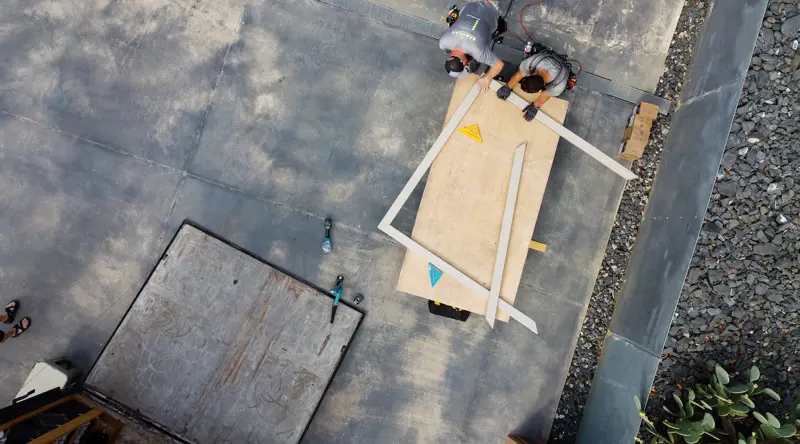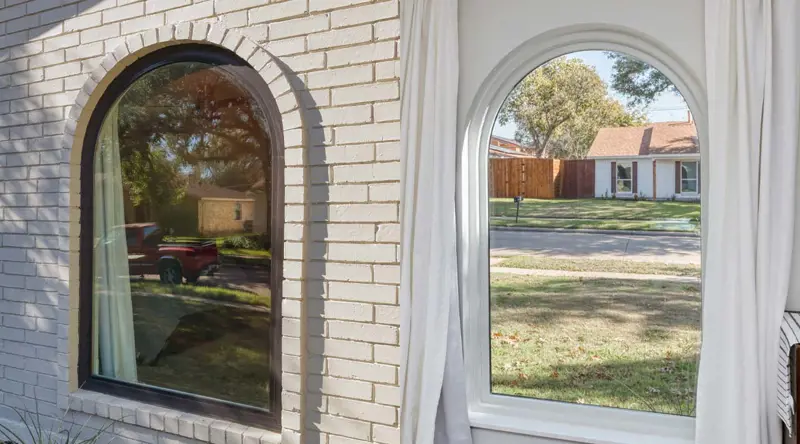
Best Windows for Hot Climates
As the world gets warmer, homeowners are increasingly looking for ways to lower their energy consumption and cool their homes more efficiently. That's especially true in places that get very hot — and very cold — like Phoenix, Arizona, and North Texas.
When looking at windows for hot climates, there’s a lot to consider. Think about airflow and ventilation, the type of glass they use, how they keep out glare and heat, and what their overall aesthetic is like.
What are the best windows for hot climates?
The best window for your home is one that will help keep your home cool in the summer and warm in the winter. Unfortunately, landing such windows is a daunting task. To determine what type of windows are best for a hot climate, you need to first consider which zone you live in. For example, the city of Austin is in Climate Zone 2, while the interior area of Texas' Big Bend is in Climate Zone 8. The difference between these two zones makes a big difference when choosing windows for your home.
The U.S. Department of Energy divides the country into specific climate zones↗ based on the average temperatures and heating degree days, which are used to calculate how much energy homes use to maintain comfortable indoor temperatures during those times of year when heating is required. The number of heating degree days is highest in Climate Zone 1 and lowest in Climate Zone 8, with the middle four (Climate Zones 4, 5, 6 and 7) representing more moderate climates that need both heating and cooling throughout the year.
Best window frame materials for hot climates
The best window frame materials are:
- Wood
- Vinyl
- Aluminum
Wood windows for homes in hot climates
Wood is the best window material for hot climates because it breathes. It absorbs moisture from the air during humid summer months and releases it during drier winter months. This helps prevent wood from rotting or warping in extreme heat or humidity fluctuations. Wood also acts as a natural insulator against heat transfer from the outdoors into your home’s interior.
However, wood does have its drawbacks — specifically, expense and maintenance requirements. Wood is also more likely to rot during the humid summer month, unless it is high-quality.
So, when choosing, look for a manufacturer that offers solid wood window frames rather than a composite frame made from several different types of materials. Also, ensure that your windows are treated with water repellent so that they will not rot during humid summer months.
Vinyl windows for homes in hot climates
Vinyl frames are the best alternative to wood because they're durable and don't require much maintenance. They're also energy efficient because they're designed with an insulating space between the interior and exterior walls (which helps keep out drafts).
Aluminum windows for homes in hot climates
Aluminum frames are more heat-resistant than vinyl frames, so they're good choices for hot climates. On the flip side, aluminum-framed windows can transfer heat from the outside into your home. This means they aren't great insulators and can let cool air escape from your home.
Best glass options for windows in hot climates
Whether you are purchasing your windows off the shelf or made-to-order windows from a window specialist you'll want to pay attention to the glass package in the window. If you live in a city with hot weather like the Dallas-Fort Worth area, make sure your double-pane window glass has Low-E glass coatings and Argon gas filling. Learn more about these options below.
Build your window glass package with the following elements
Low-E Glass Windows
Low-E glass windows are some of the best materials you can have when looking for the best glass option for windows in hot climates. The coating that is applied is made from metal oxides, which only lets certain types of light into your home. The light that does enter is reflected back out and does not get absorbed by other objects in your home.
This prevents the sun from heating up your home and makes it harder to cool down during warmer months. In addition, it also keeps heat inside during the wintertime, helping you save on energy costs year-round.
Argon Gas Windows
Argon gas windows are another great option to keep your home cooler in the summertime. Argon gas is a colorless, odorless gas that offers many benefits over standard air-filled windows, as it has a much lower conductivity rate than regular air. When argon gas is used between two panes of glass, it will act as a better insulator, which gives it an edge over other window options.
Double Pane Windows
Double pane windows are the most common type of house window, and they typically have a hollow space between two panes of glass. The hollow space is filled with argon gas to improve insulation. Double pane windows can reduce heat transfer by up to 24%, making them one of the best materials for hot weather.
Conclusion
Building in a hot climate presents some challenges. If you’re looking for the best windows for hot climates, there are some important considerations to take into account. The best windows for hot climates have Low-E glass and meet local energy standards. Plus, the type of frame also plays a role in how efficient your windows will be, so ensure that you go for the wooden frames since they are the best.
Oops!
We don't currently serve your area but do want to help you plan your project. Try our Build & Price tool to get an idea of window & door costs within DFW. Your area may be higher or lower but at least you'll have some idea of the price.
Thanks for stopping by.








